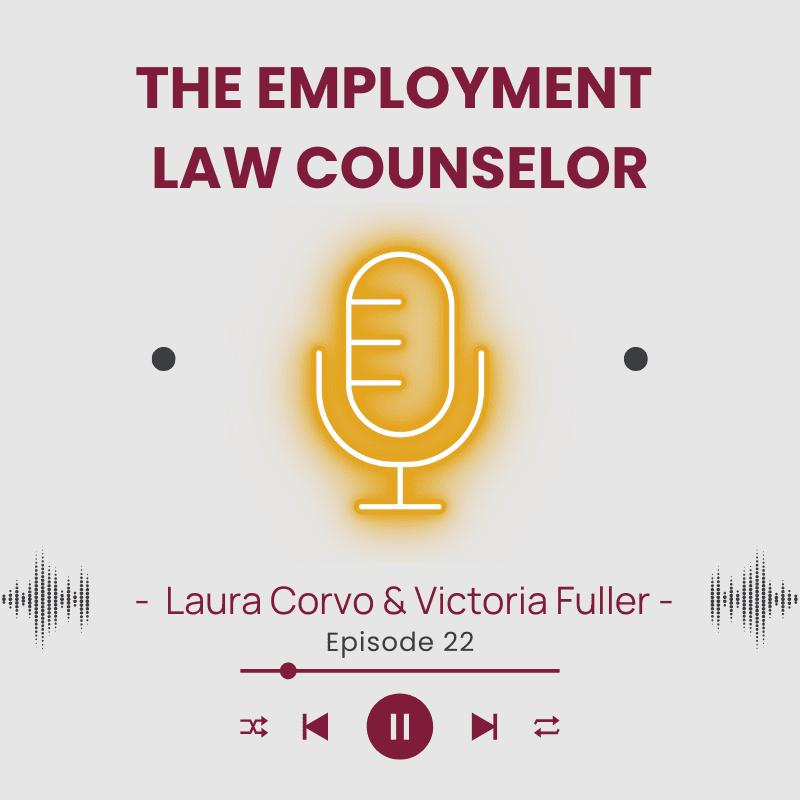May 20, 2025
How Malpractice Insurance Helped Bring Down the Asbestos Industry

Asbestos is one of the most unusual substances known to humanity. A naturally occurring mineral, it is found in underground rock seams in various parts of the world including the US, Canada, and Australia. During extraction, asbestos looks for all the world like sheep’s wool being dug out of the ground; bunches of long, thin fibres that make it is the only mineral capable of being spun into a fabric. Asbestos is strong, light, virtually impossible to burn, resistant to heat, acids and alkalis, and has very low conductivity. One of the first modern uses was as insulation for boilers on steamships. Then, in 1900 an Austrian inventor named Ludwig Hatschek developed a process that pressed cement, asbestos and other materials into a semi-rigid sheet that was light, durable, and fire resistant. Fibre cement board had been born and quickly took the construction industry by storm, to the extent that today almost every building constructed in the US, Australia or the UK before 1980 will contain at least some asbestos.
Fibre cement board took asbestos from obscurity to mass production, which meant that for the first time large numbers of workers were exposed to the substance. Initially all seemed well, as those who worked with raw asbestos fibres showed no apparent ill-effects. As time passed, however, that rosy picture began to change. In 1927 the first disability claim for asbestos-related disease was filed by the foreman of a Massachusetts mill and duly paid by the insurer. More claims soon followed, as asbestos company employees reported shortness of breath, chest pain, and fatigue. The workers had a condition that had no name at the time but would later become known to the world as asbestosis.
When asbestos fibres are inhaled and lodge in the lungs, our bodies produce acid to try to dissolve them. The fibres are unaffected, but the acid scars the lung’s surface and reduces its ability to absorb oxygen. The disease takes twenty to forty years after exposure to manifest and is slowly progressive, meaning that patients die by inches of agonizing asphyxiation. Asbestosis can also progress to an exceedingly rare form of chest cancer called mesothelioma. The symptoms of both diseases include chest pain, cough, weakness and shortness of breath, and life expectancy after diagnosis is less than two years. There are no effective treatments, so every diagnosis is a death sentence.
Throughout the 1940s and 1950s a steady stream of injury claims was brought by asbestos company employees. The problem was that these claims fell under state workers’ compensation frameworks that provided woefully inadequate compensation and was the exclusive remedy available. The sick workers, blocked from suing under common law, were essentially sent home to die in poverty. At the same time, the asbestos industry continued to expand, finding more applications for a product that they already knew was dangerous. Most chillingly of all, in 1952 the Lorillard Tobacco Company developed a cigarette filter made from compressed asbestos fibres. Kent Micronite cigarettes were advertised in medical journals and on the newly invented medium of television as offering all kinds of health benefits. If a more lethal consumer product has ever been manufactured, this writer struggles to think what it might be.
Eventually, medical science revealed the truth. In 1964, Dr Irving Selikoff presented to a US medical conference the results of research into over 1,000 workers from the Union Asbestos & Rubber Company plant in Patterson, New Jersey. Selikoff showed conclusively that the mortality rate for his study group was 25% higher than the national average, and that workers were afflicted not only with asbestosis and mesothelioma, but also with high rates of lung and colon cancers. These findings were supported by pioneering work in London by Dr Molly Newhouse, who in 1968 discovered high rates of mesothelioma in people who simply happened to live near a London asbestos factory.
For over thirty years, asbestos companies had covered up the devastation that asbestos exposure had wrought amongst its employees. Now that science had pulled the curtain aside, plaintiff lawyers sensed an opportunity to win justice for the thousands of sick workers who sat gasping for breath in their waiting rooms. The challenge was to find a way around the workers compensation laws that continued to severely restrict the ability of injured workers to lodge claims and receive fair compensation. A little creativity was called for, but with the prospect of multiple large settlements on offer, plaintiff lawyers can get very creative indeed.
Marcus Vela was a Mexican-born immigrant who worked for thirty-two as an asbestos shingle cutter at a Johns-Manville factory in California. He developed asbestosis, and in 1968 appointed a lawyer named Maurice Marcus to help him lodge his workers compensation claim. During discussions, he revealed that he had been examined annually by Dr Kent Wise, a Johns-Manville doctor, who had never told him that he had a lung disease. Marcus saw a window of opportunity and referred Mr Vela to a medical malpractice lawyer who launched legal action against Dr Wise. The case went to trial in 1973, where submitted evidence included Dr Wise’s own handwritten notes confirming that Mr Vela was indeed suffering from asbestosis – a fact that he had concealed. In medical malpractice terms, this is a smoking gun. Irrespective of who their employer may be, doctors owe a primary duty of care to their patient. The jury was shocked to hear that Dr Wise had complied with instructions from Johns-Manville not to reveal the results of health checks and duly awarded Mr Vela $351,000 in damages. This amount was more than ten times the payment he would have received under a workers compensation insurance claim.
Another lawyer named George Kilbourne read the judgment in the Vela case and realized there must be other workers who had received health checks from Dr Wise. Kilbourne was a former US Marine and the son of a coal miner who had died from black lung disease, a condition like asbestosis that is caused by inhaling coal dust. He soon lodged another five more malpractice claims against Dr Wise and knew that he would win every one of them. He also knew that Dr Wise’s medical malpractice insurance policy limit would soon be exhausted and that a different ‘deep pocket” needed to be found. The obvious candidate was Johns-Manville themselves, but they remained protected by the exclusive remedy rule under workers compensation law.
Of course, the exclusive remedy rule only applied when the asbestos companies were sued by their own employees. Kilbourne and other creative lawyers began exploring a new approach by suing the asbestos companies not as employers, but as providers of an inherently hazardous product. After all, it wasn’t only asbestos company employees who were falling sick. Workers in jobs that exposed them to asbestos, such as insulation fitters, boilermakers and shipyard workers were dying, and many of them were seeking out lawyers. One such worker was a desperately ill man named Clarence Borel. His case would provide the breakthrough that the lawyers had been searching for. Claiming under product liability rather than workers compensation laws, Borel won his case and provided the template for courtroom success. Before long an avalanche of hundreds of thousands of lawsuits descended upon the asbestos industry, sending virtually every manufacturer into bankruptcy.
Those of us who work in the medical malpractice insurance field tend to describe our product as a protection for doctors and hospitals. The reality is it plays an important role in protecting society by ensuring that patients injured by their treatment are paid fair compensation. In the malpractice cases against Dr Wise, medical malpractice insurance went even further and played a role in ridding the world of one of the most toxic products ever known.
Meet the Author
 Mike Griffiths
Mike Griffiths
Regional Director, Healthcare
Howden Insurance Brokers (S.) Pte. Limited
Mike Griffiths has 30 years of experience as a Professional Lines insurance broker, working in Australia, the UK, and throughout Asia. Mike has a particular interest in Professional Indemnity and Medical Malpractice insurance and has written extensively on these topics. He holds a Bachelor of Business, a Bachelor of Arts, a Graduate Certificate of Insurance, is a Fellow of ANZIIF and a proud member of PLUS.
News Type
PLUS Blog
Business Line
Errors and Omissions (E&O), Healthcare and Medical PL, Professional Liability
Contribute to
PLUS Blog
Contribute your thoughts to the PLUS Membership consisting of 45,000+ Professional Liability Practitioners.
Related Podcasts

The Employment Law Counselor Episode 22
Navigating Labor and Employment Challenges During the Holiday Season Happy Holidays from…
Related Articles

A Softening Cyber Market That Can’t Last and Why Today’s Conditions Set the Stage for Tomorrow’s Correction
On the surface, the cyber insurance market looks like a buyer’s market:…

Claims Made Bites: How Pollution Claims Got Us Here
In this recent case an insured learned the hard way the prohibitive…

Semantics and Sophistry of “For”
Cyberattacks are continuing to increase in both volume and sophistication. This is…
